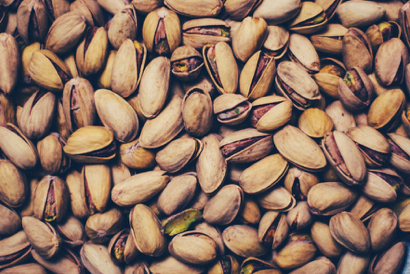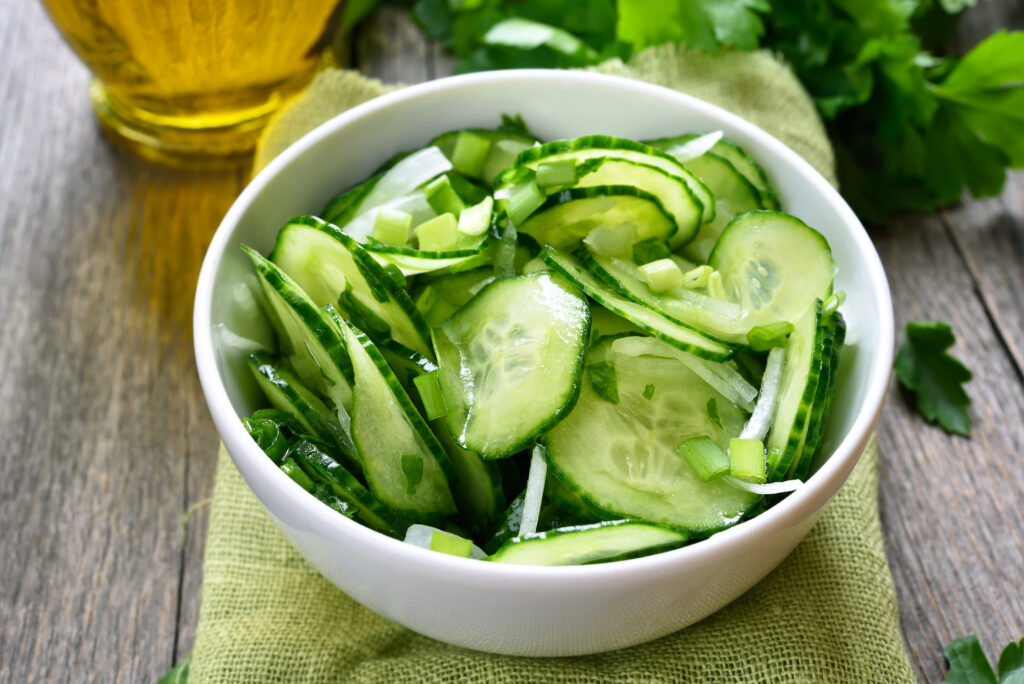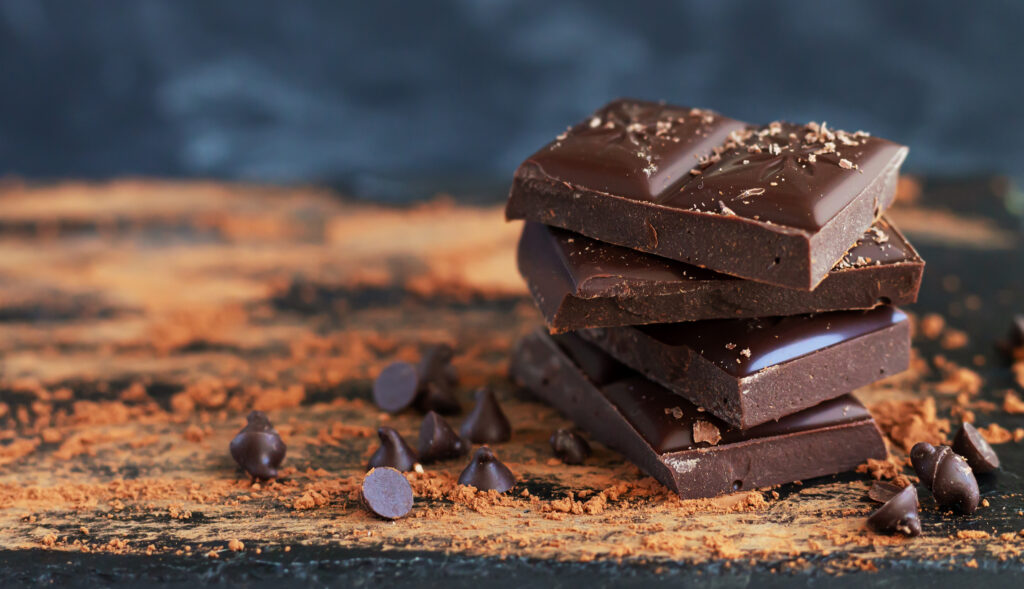Cholesterol. Some is vital; too much can be deadly. In fact, a heart attack might be the first sign that the fatty, waxy stuff has been clogging your arteries. The good news about blood cholesterol is that you can control it —with favorable results. In fact, each 10 percent reduction in high-cholesterol levels lowers your risk of heart disease by about 20 percent.
- Get screened! Speak with your doctor about scheduling a cholesterol test. Total cholesterol should measure less than 200 (the number refers to milligrams per deciliter of blood). A score ranging from 200 to 239 means you may be at increased risk for heart disease and stroke. If your total cholesterol is 240 or above, you are at increased risk. It’s also important to find out your HDL (“good” cholesterol), LDL (“bad” cholesterol) and triglyceride scores. HDLs should measure at least 40 (50 for women), and a level of 60 is considered protective against heart disease. LDLs ideally should be under 100 and triglycerides under 150.
- Shed excess pounds. Obesity increases LDLs and triglycerides, and drives HDLs down. Sometimes those extra pounds can boost your cholesterol levels.
- Get moving. Regular aerobic exercise seems to improve the ratio of good to bad cholesterol. Aim for 30 minutes or more of moderate activity most days of the week, 60 to 90 minutes if you need to lose weight or maintain weight loss.
- Stop smoking. Smoking lowers HDL cholesterol and raises LDL cholesterol. HDL cholesterol is important because it sweeps away LDL cholesterol, the type that sticks to vessel walls.
- Read labels — and know what you’re looking for. Foods labeled “cholesterol free” still may raise cholesterol levels. Potato chips, for example, have no dietary cholesterol, but are high in trans fats. Avoid foods high in trans and saturated fats, and limit your intake of dietary cholesterol, found in all animal products. Try to emphasize healthful fats, such as seeds and nuts, olive oil, avocados, and salmon, all of which may help raise HDL levels.
- Get your fill of fiber. Eating fiber-rich foods like dried peas and beans, legumes, apples, oat products, lentils, and citrus fruits is a low-calorie way to satisfy hunger pangs. Those foods are also good sources of soluble fiber, which helps eliminate cholesterol from your bloodstream.
- Patrol your plate. Practice portion control, and it may be possible to enjoy all kinds of foods. A serving of meat is three ounces.
- Keep track of your daily cholesterol intake. If you have high cholesterol it’s worth figuring out where the cholesterol in your diet is coming from. According to the American Heart Association, adults should limit dietary cholesterol to 300 milligrams a day, 200 milligrams a day if they have heart disease or its risk factors.
- Cook healthy. You could eat nothing but fruits, vegetables and fish and still have high cholesterol. Cooking methods such as breading, battering and frying add fat. Instead, steam, poach, grill or bake nutritious foods. Avoid cream sauces and use reduced-fat dressings. Try nonstick cookware and sprays, and always trim fat.
- Put a lid on stress. Stress can increase the body’s cholesterol production. If you’re often tense, think hard about what’s causing you to feel that way. Is there something you can do to defuse those stress triggers? Find time for relaxing activities. If your stress level is so high that it’s disrupting your life, speak with your physician about options.
To find a doctor or schedule an appointment visit Steward DoctorFinder™ or call 1-800-488-5959.
To find a doctor or schedule an appointment, visit Steward DoctorFinder™.




